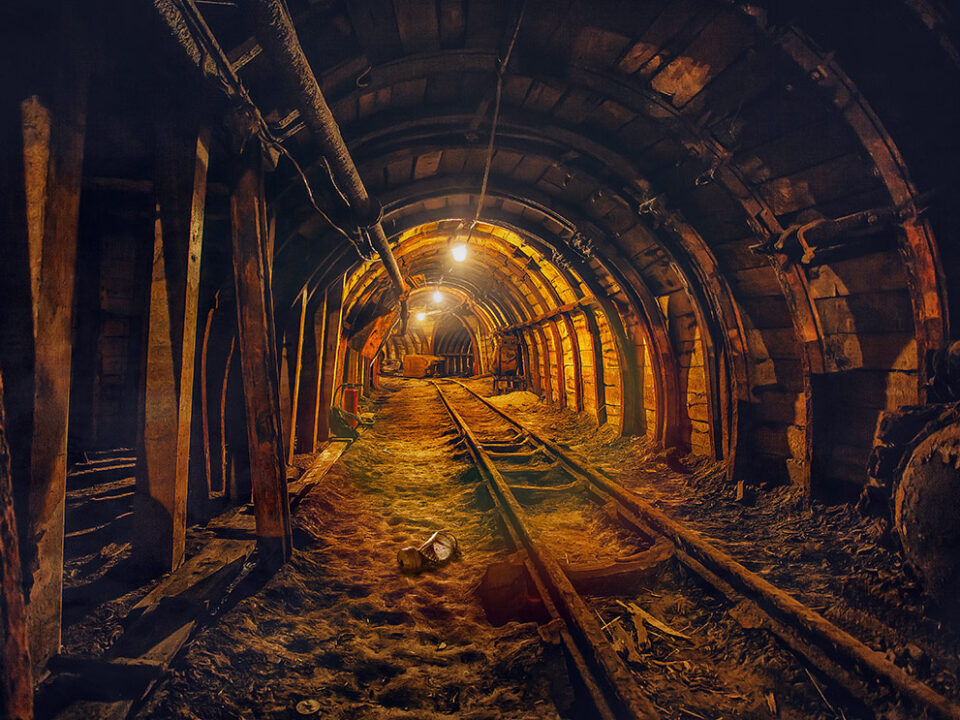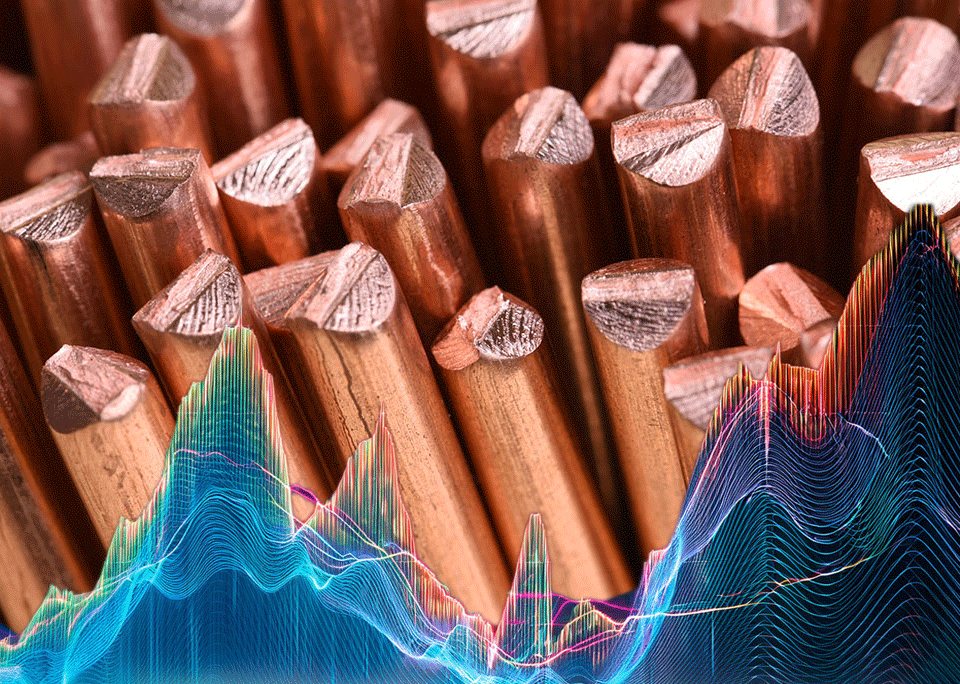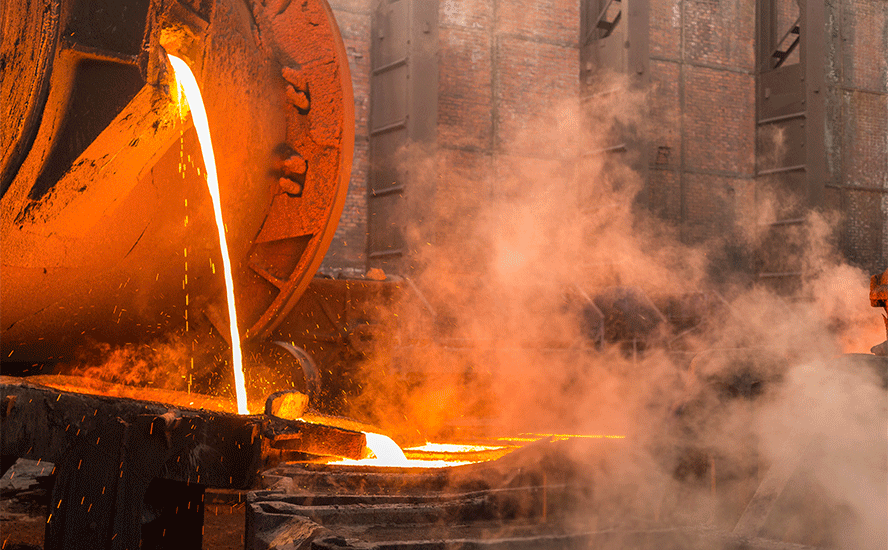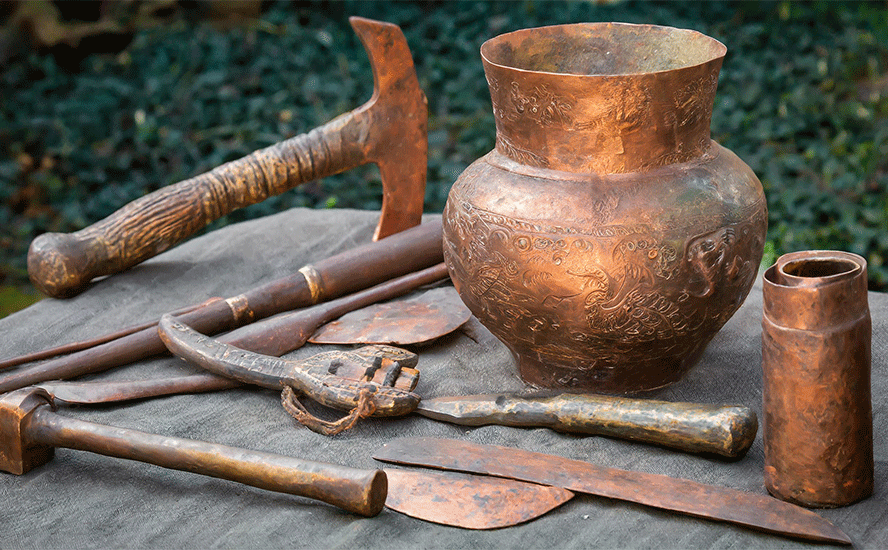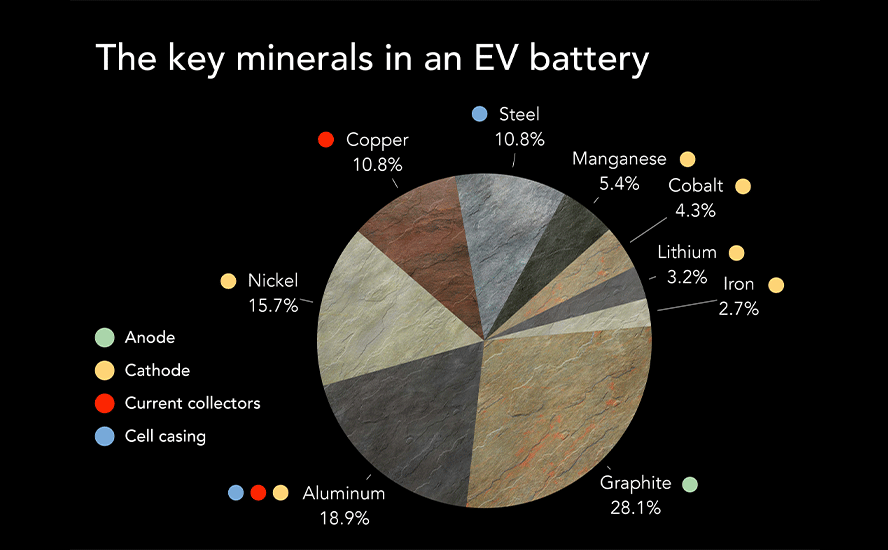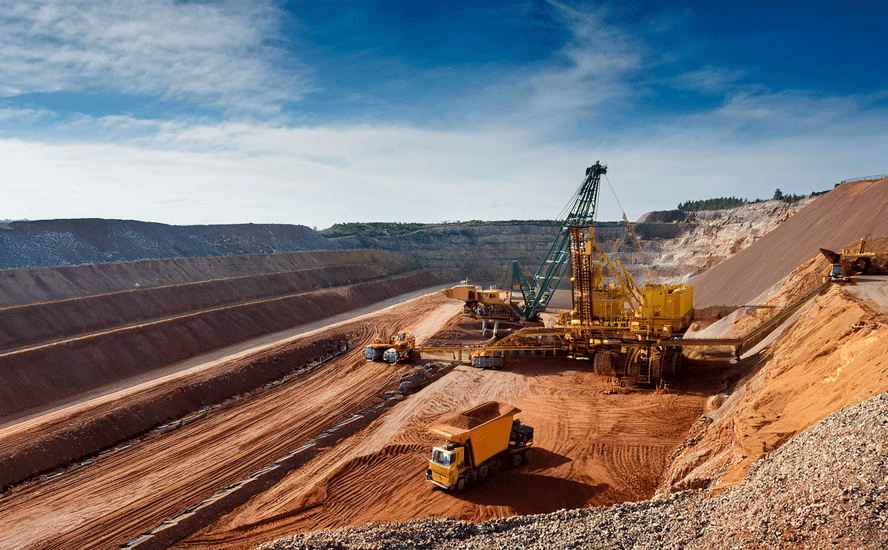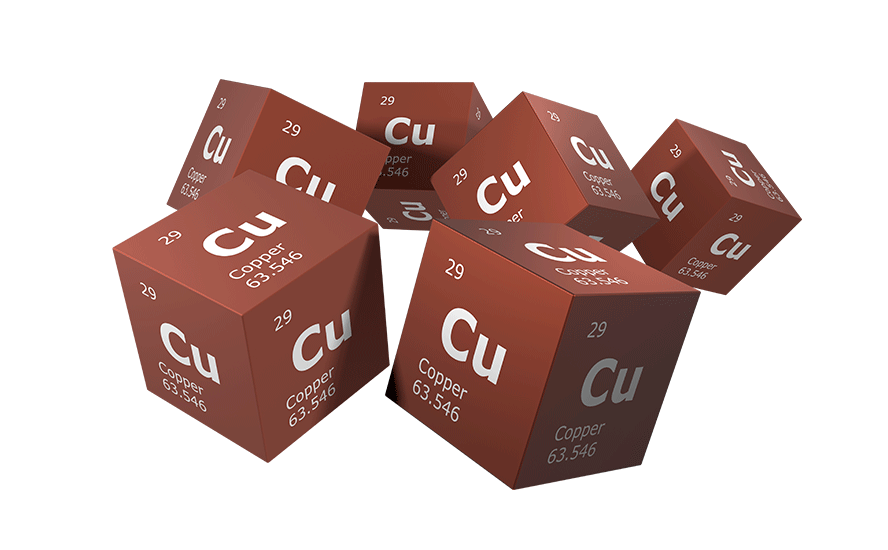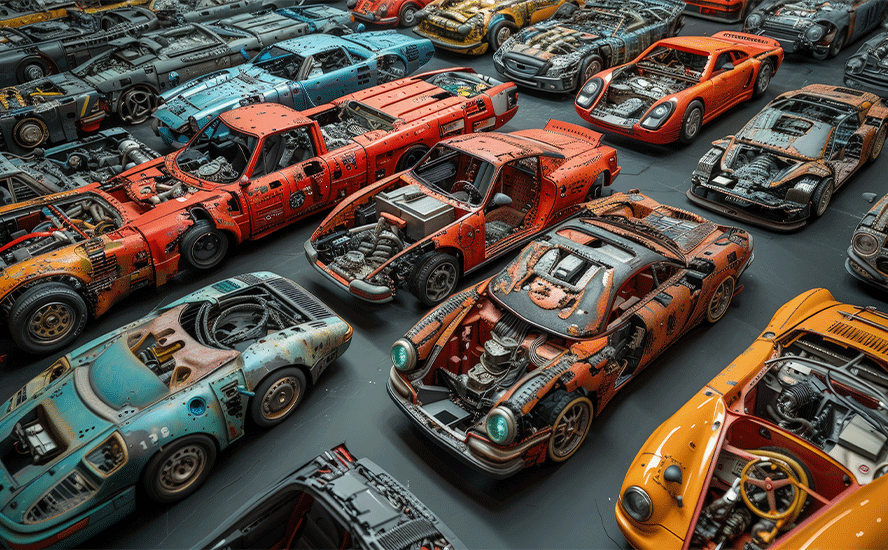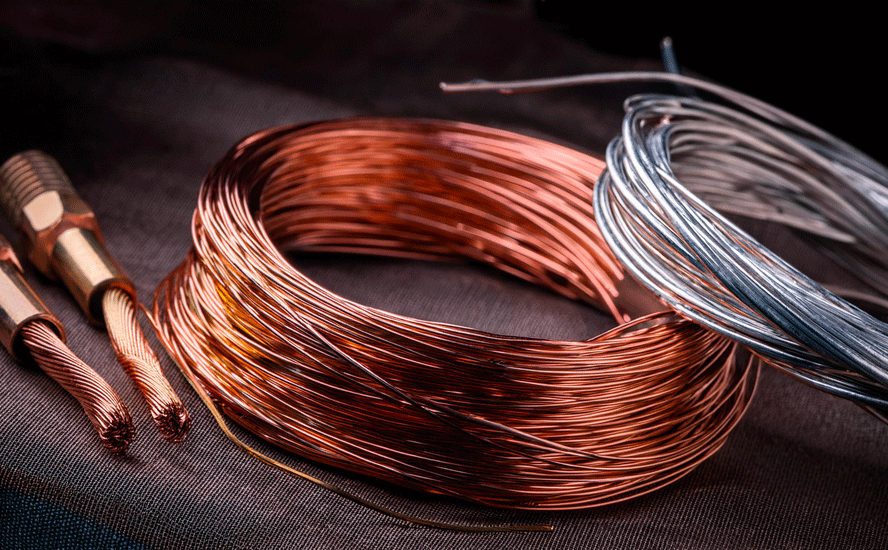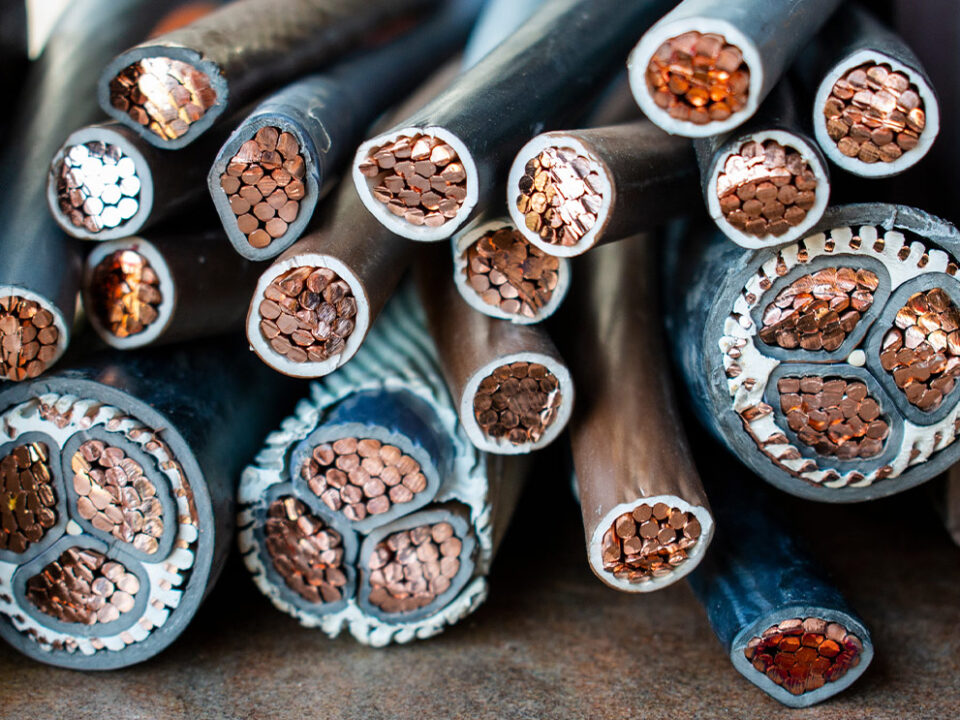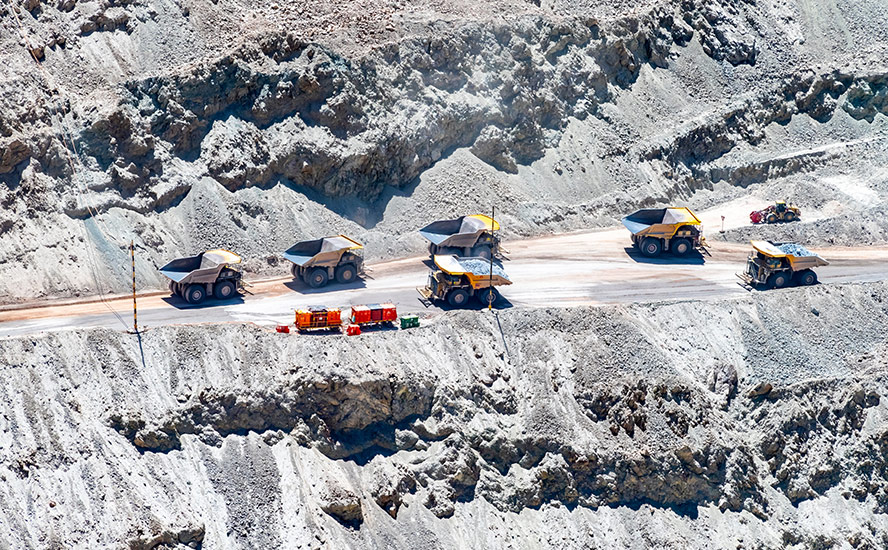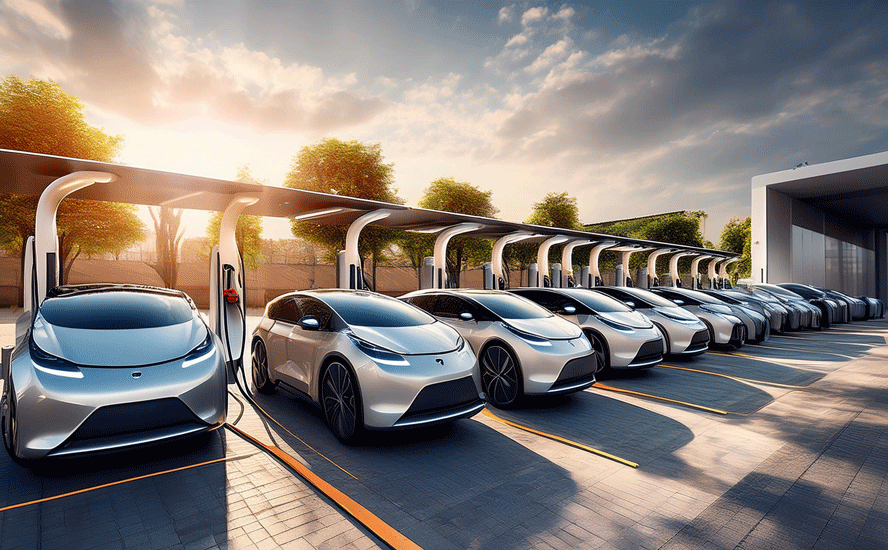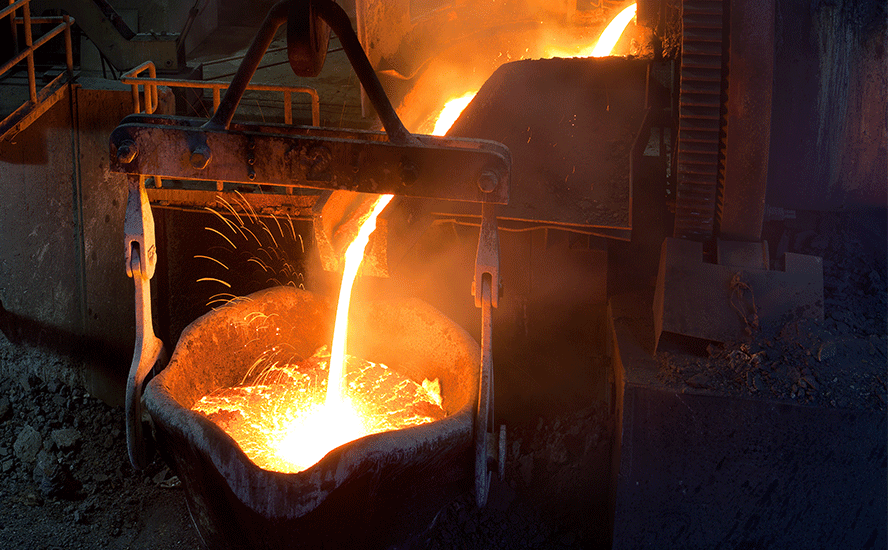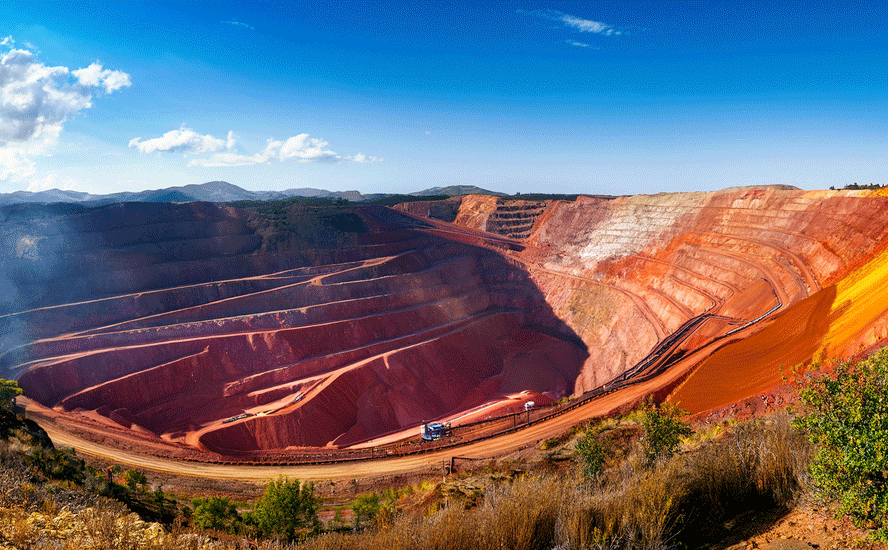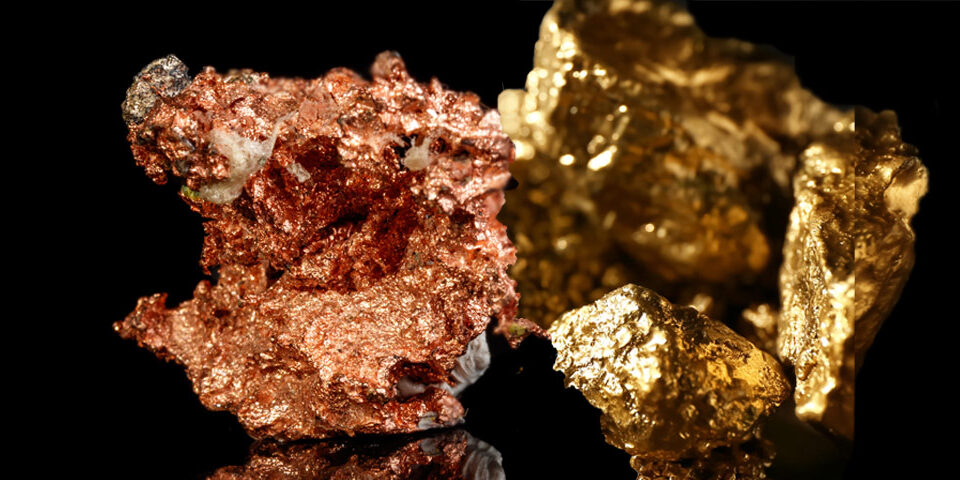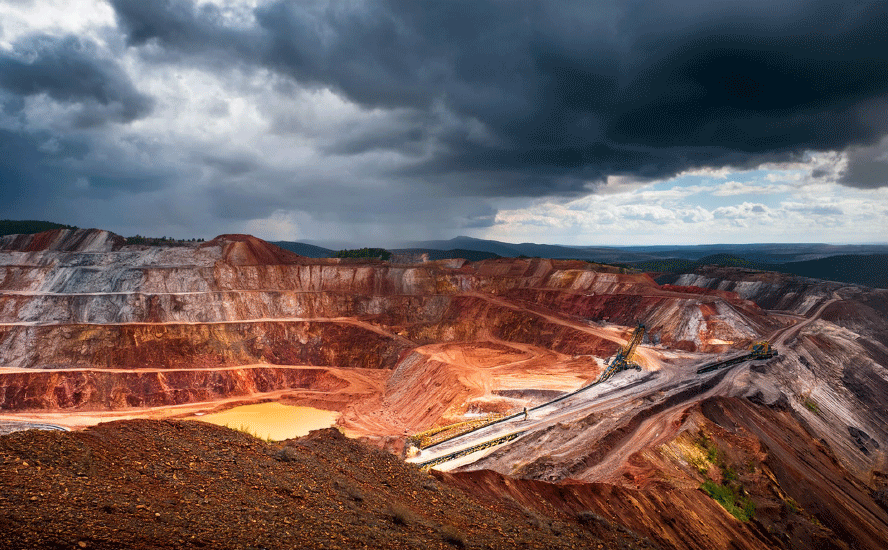Dear Tesla: Please stop complaining about China being the only source of graphite
2021.12.14
The electrification of the global transportation system doesn’t happen without lithium and graphite needed for lithium-ion batteries that go into electric vehicles.
An EV uses the same rechargeable batteries as found in phones or laptops, only bigger. The cathode, one of two components that stores and releases electricity, requires lithium, and nickel, manganese and cobalt— expensive metals found in one of the most common battery chemistries, NMC 8-1-1. (eight parts nickel to one part manganese and one part cobalt)
The anode is made from graphite, a critical metal that is harder to source than lithium. These materials need to be mined and processed into high-purity chemical compounds, then made into suitcase-sized battery packs, a procedure that is dominated by China, which accounts for roughly 75% of global lithium-ion battery capacity.
Lately Tesla has been talking about the grip China has on automakers requiring battery raw materials, in particular graphite, which is only mined in a handful of countries. Over half of the world’s graphite production in 2020 came from China (650,000 tonnes of 1.1Mt), followed by Mozambique and Brazil at a respective 120,000t and 95,000t.

When it comes to coated spherical graphite, the graphite end product needed in the battery anode, China owns 100% of the world’s production, because of the ready availability of graphite there, weak environmental standards and low costs. It doesn’t matter where the graphite is mined, if it is to become battery-grade, it gets sent to China for processing.
(China also dominates the production of synthetic graphite, used mostly in the electrodes found in electric-arc furnaces for steelmaking; and graphite blocks used in solar energy storage. Primary synthetic graphite is manufactured in powder form for high-end lithium-ion batteries. However, the process is expensive (and not so green), costing the same amount as making an electrode)
Currently there are no producing graphite mines in the United States, and only 10,000 tonnes a year is being mined from two facilities in Canada. The fact is, for the United States to develop a “mine to battery to EV” supply chain at home, right now it has no choice but to import its battery-grade graphite from China.
On top of this, doubts have been raised over whether China can keep up with surging global graphite demand. The top producer has already taken steps to retain its graphite resources by restricting its export quota and imposed a 20% export duty.
It’s thought that the increased use of lithium-ion batteries could gobble up well over 1.6 million tonnes of flake graphite per year (out of a total 2020 market, all uses, of 1.1Mt) — only flake graphite, upgraded to 99.9% purity, and synthetic graphite (made from petroleum coke, a very expensive and polluting process) can be used in lithium-ion batteries.
According to the World Bank, graphite accounts for nearly 53.8% of the mineral demand in batteries, the most of any. Lithium, despite being a staple across all Li-ion batteries, accounts for only 4% of total demand.
The US Geological Survey believes that large-scale fuel cell applications are being developed that could consume as much graphite as all other uses combined.
Can the mining industry crank out more graphite every year to match this demand? Color me skeptical. Between 2018 and 2019, world mine production actually declined by 20,000 tonnes, or 1.8%. Global production in 2019 and 2020 was exactly the same, 1.1 million tonnes.
Tesla is obviously aware of this and in a recent Bloomberg article the company voiced its displeasure at the situation.
Joining a host of other auto suppliers looking for tariff exclusions on various parts, in a comment to the US Trade Representative, Tesla says “natural graphite is currently not available in the specifications nor capacity outside of its current suppliers and China that is required” for it to manufacture EV batteries in the U.S. Tesla is requesting waivers on various forms of artificial and natural graphite.
The article ‘If Tela’s Got Troubles, Everyone Should Worry’ goes on to say that if Tesla is struggling to procure a raw material only available in the form it needs in China, so are other battery-makers.
Among them are SK Innovation, a South Korean company investing billions in the United States to build two battery plants in Georgia, the first of which is scheduled to open early next year; the company is a supplier to Volkswagen and Ford.
Where is SK Innovation planning on getting its battery raw materials? Clearly China. In the article the company says “there is currently not enough infrastructure in the U.S. that can deliver artificial graphite at the quantity and cost” it requires — similar to Tesla’s submission. What’s more, the firm noted that, because this material is so key, the higher costs will be passed on to U.S. consumers and American companies. If SK can’t get it, then battery investment — a highlight of the U.S.’s EV and manufacturing policy — could struggle.
It is frustrating, to say the least, to hear these companies complain about US graphite dependence on China when the clear and obvious solution is to stop buying it from there and start mining and processing it right here in North America.
The United States (and Canada) needs secure, cost-competitive and environmentally sustainable sources of graphite, and that means developing graphite deposits into mines.
A White House report on critical supply chains showed that graphite demand for clean energy applications will require 25 times more graphite by 2040 than was produced worldwide in 2020.
There is no substitute for graphite in an EV battery and lithium-ion batteries are expected to be the technology that runs electric vehicles for the foreseeable future, making graphite indispensable to the global shift towards clean energy.
Fortunately, there is another option that most industry observers have not cottoned onto. There is plenty of North American graphite for local consumption, if industry and government can find the collective will to “make it so”.
On February 24, 2021, President Joe Biden signed an executive order (EO) aimed at strengthening critical US supply chains. Graphite was identified as one of four minerals considered essential to the nation’s “national security, foreign policy and economy.”
Earlier this year, the Federal Permitting Improvement Steering Committee (FPISC) granted High-Priority Infrastructure Project (HPIP) status to Graphite One Inc. (TSXV:GPH, OTCQX:GPHOF), which is aiming to develop America’s first high-grade producer of coated spherical graphite (CSG) integrated with a domestic graphite resource at Graphite Creek, Alaska.
The HPIP designation allows Graphite One to list on the US government’s Federal Permitting Dashboard, which ensures that the various federal permitting agencies coordinate their reviews of projects as a means of streamlining the approval process.
Graphite Creek is the highest-grade and largest known flake graphite deposit in North America, spanning 18 km.

The project is envisioned as a vertically integrated enterprise to mine, process and manufacture Coated Spherical Graphite (“CSG”) for the lithium-ion electric vehicle battery market. Graphite One aims to become the first US vertically integrated domestic producer to do so.
The latest resource estimate (March 2019) for Graphite Creek showed 10.95 million tonnes of measured and indicated resources at a graphite grade of 7.8% Cg, for some 850,000 tonnes of contained graphite. Another 91.9 million tonnes were tagged as inferred resources, with an average grade of 8.0% Cg containing 7.3 million tonnes.
A preliminary economic assessment (PEA) envisions a 40-year operation with a mineral processing plant capable of producing 60,000 tonnes of graphite concentrate (at 95% purity) per year.
Once in full production, Graphite One’s proposed graphite products manufacturing plant — the second link in its proposed supply chain strategy — is expected to turn graphite concentrates into 41,850 tonnes of battery-grade coated spherical graphite and 13,500 tonnes of graphite powders per year. A location in the Pacific Northwest is being considered.
Conclusion
So here’s the irony: A large part of the Biden administration’s decarbonization strategy centers around building electric vehicles and getting drivers to ditch their gas-guzzling cars and trucks. The White House has set an ambitious goal of stopping the sale of new fossil fuel-powered vehicles by 2035.
None of this happens without lithium, graphite and other battery metals such as nickel, cobalt and manganese, not to mention copper for EV motors, wiring and charging stations. Currently the only way for the US to make an EV transformation is to source its graphite from China. There is no substitute for graphite in the anode and there is no-one else but China that processes coated spherical graphite; they have a monopoly.
A country that is becoming more and more belligerent by the day, economically, politically and militarily. China’s interests no longer align with the US and Canada, more with Russia, and yet we are 100% dependent on this totalitarian regime for making EV batteries that are seen as a key technology for helping to mitigate the effects of climate change, which is becoming glaringly apparent through annual droughts, fires, storms and floods.
Everybody in the automaking game is looking to China to supply graphite for their battery anodes. That includes the 92 US companies that already consume it, the 11 US battery gigafactories currently in the works, the 11 EV start-ups, along with the traditional car-makers nearly all of which have plans to produce electric vehicles. For details read Graphite prices heading higher on market tightness
Billions are being invested in battery cell plants and new US-based EV production lines yet few people have bothered to check where they are going to get the raw materials.
Expensive, polluting synthetic graphite from China? Natural flake graphite upgraded to 99.9% purity, also in China? We can do better than this.
Our proposal cuts out the Chinese middleman and focuses on Graphite One’s Graphite Creek project in Alaska, the highest-grade and largest known flake graphite deposit in North America.
Battery-grade graphite mined from Graphite Creek and processed at a plant in the Pacific Northwest will be cheaper and cleaner than any process done in China.
The US government has already identified Graphite Creek as a High-Priority Infrastructure Project (HPIP), now let’s fast-track it, give it the grants needed to build a mine. Yes, it may take a couple of years, and it may require a short offtake agreement with a major battery or automaker to ramp up to full production.
But this is the answer to the graphite security of supply problem that Tesla, SK Innovation and others have been whining about. Unfortunately they are too focused on their own profits and priorities to realize the solution is right in front of their eyes, in a remote corner of Alaska that could become the first link of a US mine to battery to EV supply chain.
Graphite One Inc.
TSXV:GPH, OTCQX:GPHOF
Cdn$1.89, 2021.12.08
Shares Outstanding 81.5m
Market cap Cdn$157.5m
GPH website
Richard (Rick) Mills
aheadoftheherd.com
subscribe to my free newsletter
Legal Notice / Disclaimer
Ahead of the Herd newsletter, aheadoftheherd.com, hereafter known as AOTH.
Please read the entire Disclaimer carefully before you use this website or read the newsletter. If you do not agree to all the AOTH/Richard Mills Disclaimer, do not access/read this website/newsletter/article, or any of its pages. By reading/using this AOTH/Richard Mills website/newsletter/article, and whether you actually read this Disclaimer, you are deemed to have accepted it.
Any AOTH/Richard Mills document is not, and should not be, construed as an offer to sell or the solicitation of an offer to purchase or subscribe for any investment.
AOTH/Richard Mills has based this document on information obtained from sources he believes to be reliable, but which has not been independently verified.
AOTH/Richard Mills makes no guarantee, representation or warranty and accepts no responsibility or liability as to its accuracy or completeness.
Expressions of opinion are those of AOTH/Richard Mills only and are subject to change without notice.
AOTH/Richard Mills assumes no warranty, liability or guarantee for the current relevance, correctness or completeness of any information provided within this Report and will not be held liable for the consequence of reliance upon any opinion or statement contained herein or any omission.
Furthermore, AOTH/Richard Mills assumes no liability for any direct or indirect loss or damage for lost profit, which you may incur as a result of the use and existence of the information provided within this AOTH/Richard Mills Report.
You agree that by reading AOTH/Richard Mills articles, you are acting at your OWN RISK. In no event should AOTH/Richard Mills liable for any direct or indirect trading losses caused by any information contained in AOTH/Richard Mills articles. Information in AOTH/Richard Mills articles is not an offer to sell or a solicitation of an offer to buy any security. AOTH/Richard Mills is not suggesting the transacting of any financial instruments.
Our publications are not a recommendation to buy or sell a security – no information posted on this site is to be considered investment advice or a recommendation to do anything involving finance or money aside from performing your own due diligence and consulting with your personal registered broker/financial advisor.
AOTH/Richard Mills recommends that before investing in any securities, you consult with a professional financial planner or advisor, and that you should conduct a complete and independent investigation before investing in any security after prudent consideration of all pertinent risks. Ahead of the Herd is not a registered broker, dealer, analyst, or advisor. We hold no investment licenses and may not sell, offer to sell, or offer to buy any security.
Richard owns shares of Graphite One Inc. (TSXV:GPH). GPH is a paid advertiser on Richards site aheadoftheherd.com
Legal Notice / Disclaimer
Ahead of the Herd newsletter, aheadoftheherd.com, hereafter known as AOTH.Please read the entire Disclaimer carefully before you use this website or read the newsletter. If you do not agree to all the AOTH/Richard Mills Disclaimer, do not access/read this website/newsletter/article, or any of its pages. By reading/using this AOTH/Richard Mills website/newsletter/article, and whether you actually read this Disclaimer, you are deemed to have accepted it.


